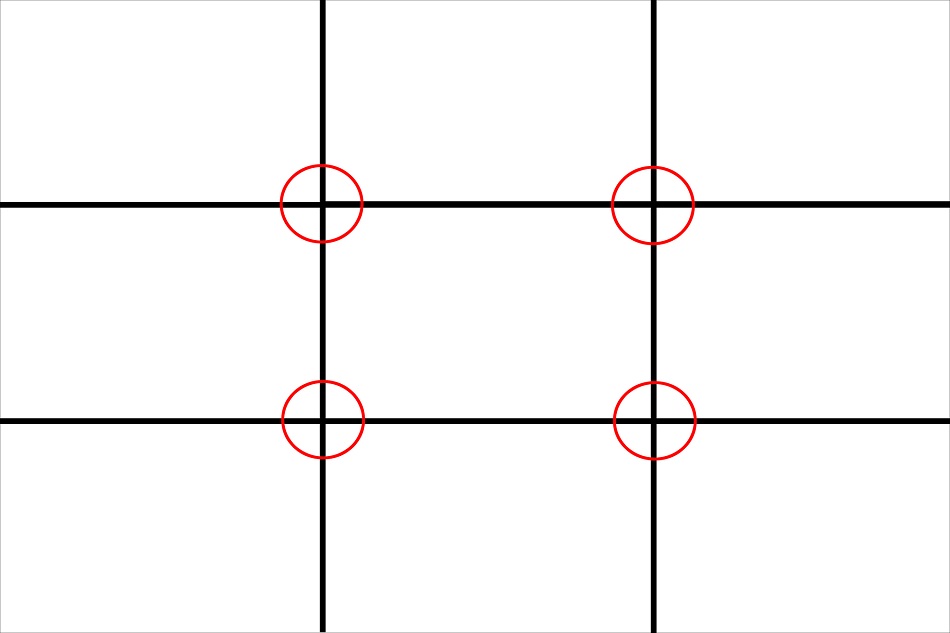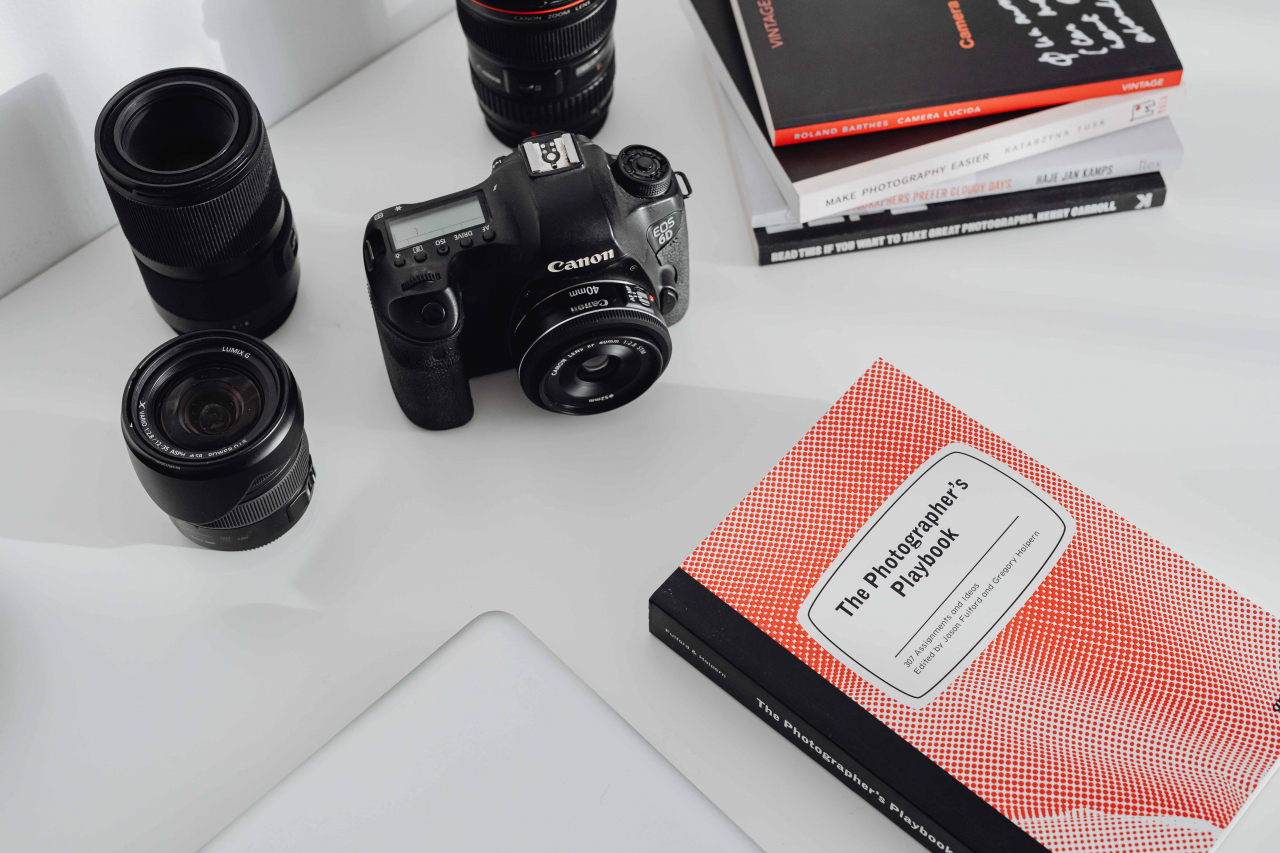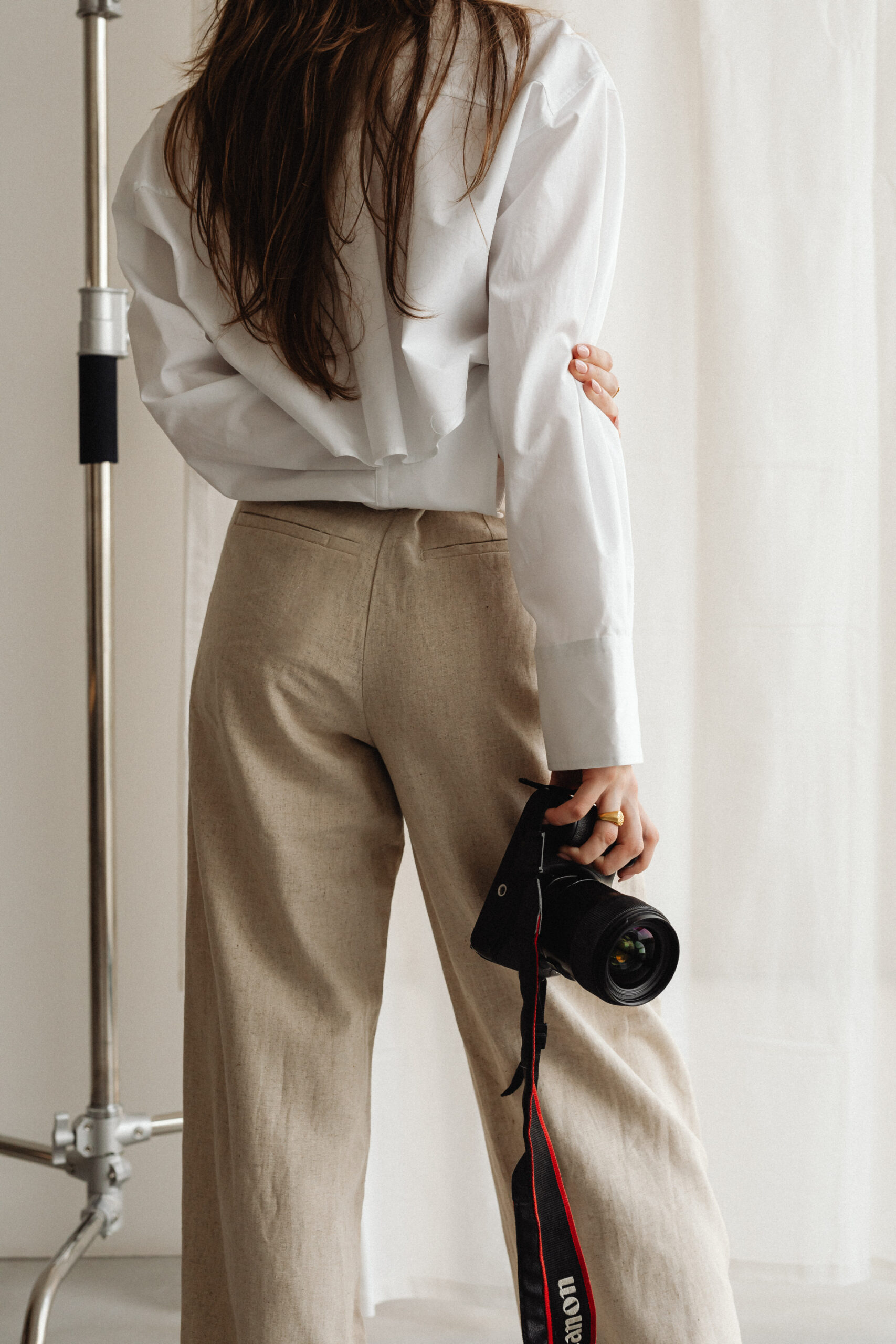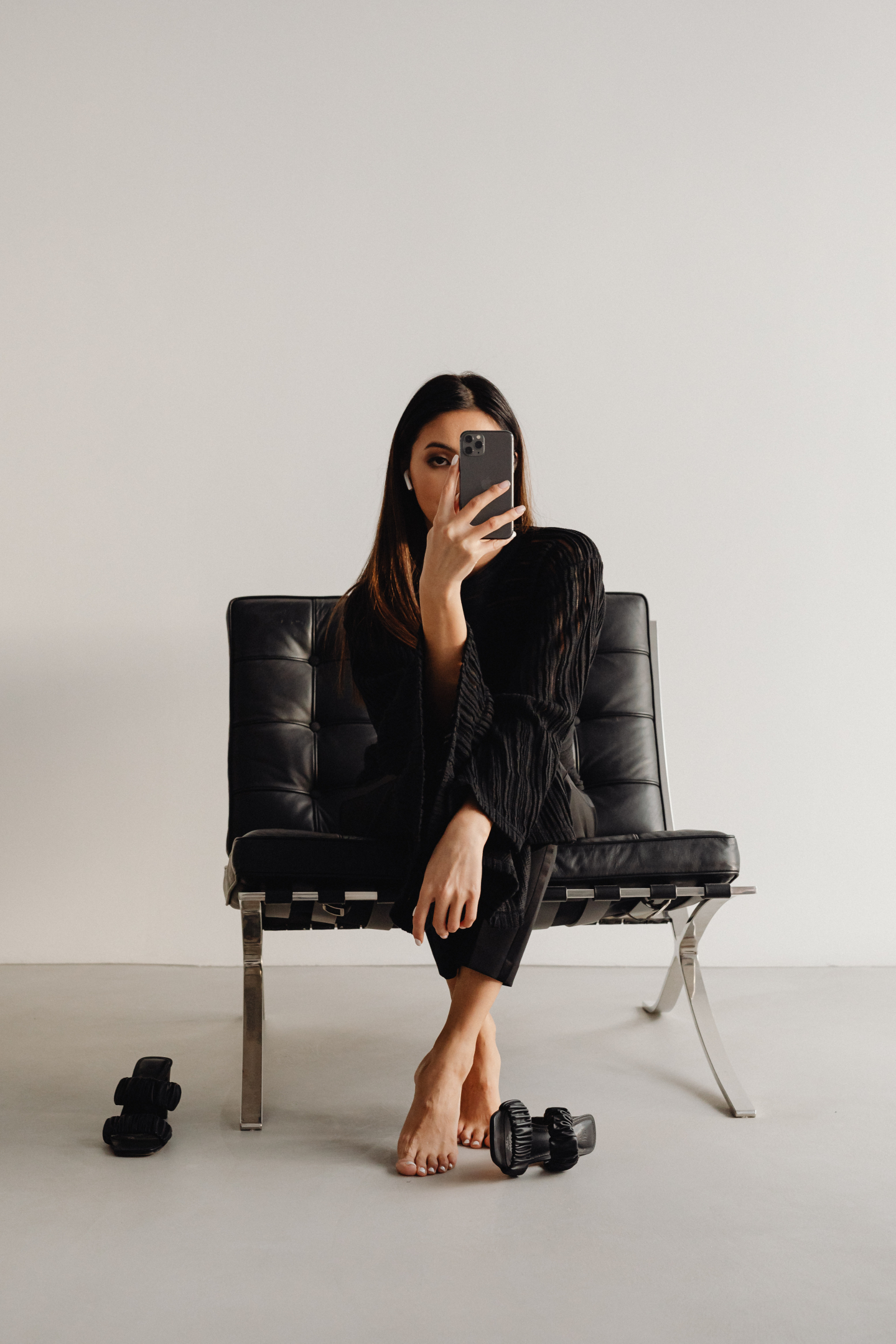Is it the camera? No, at least it plays a much smaller role than you’d think.
The lens maybe? Again, no. I’ve seen plenty of terrible photos taken using some very expensive gear.
So what is it?
We all know that there are some basic rules to follow if you want to take your photography up to the next level; proper exposure, nailing focus, maybe even using the rule of thirds… but I can tell you now that truly amazing images are a result of subtle techniques that you might not have even noticed the first time you look at a photo.
Ok, so should you go out and find yourself a photography textbook and start learning about all of these rules? Well yes and no.
Like with any form of art, any sport or any trade you need to master the basics first before you can move on to more advanced things. What’s great about photography is that once you have learned the basics, you get to throw the photography 101 textbook right out of the window.
Capturing images is an art form, a very personal art form. One in which you can never be wrong because it’s YOUR interpretation, and how could the way you see something that is in front of you ever be wrong? It’s your opinion, your perspective.
So let’s take things back a step and talk about the things you need to understand about where the DNA of great photography comes from.
Leading Lines
Using leading lines is one of the best ways to add a sense of depth to a photo and to draw the viewer into the image.
A leading line can be anything that forms a line, or path for the eye to follow. Normally from the foreground of an image into the distance or towards the main subject. In the photo below you can see the road helps to draw your line of sight into the photo and off into the forest.

The Rule of Thirds
One of the first things you’ll hear about when it comes to taking photos is using this rule. It’s pretty simple, imagine a grid drawn on top of the frame with two horizontal lines and two vertical lines like in the diagram below.



Anchors
An anchor is something, usually placed on either the bottom right third or the bottom left third of the frame, that acts as an anchor point for the viewer. Being in the foreground it’s normally the first thing your eye will fall upon when looking at an image. An anchor can be anything from a rock to a person sitting with their back to the camera looking out at a beautiful view.

Symmetry
Probably one of my favorite photography techniques. It completely goes against the rule of thirds that you’ve heard me and so many other photographers talk about but used in the right way it can create a very striking image.
There’s something about finding symmetry in otherwise everyday scenes that makes such satisfying photos to look at. It shows that a photographer isn’t just looking at the obvious but is diving deeper into a scene and really visualizing all of the angles.


Again, photography is a subjective art so it might not provoke the same response in everyone but it’s a great example of how the traditional rules can sometimes be totally broken and the resulting image goes from being a good photo to a great one.
Well Balanced Color Palette
The final tip I’m going to talk about is achieving a well-balanced color palette. There are plenty of charts out there that show you which colors work well together and being about to match complimenting colors in a photo will set it apart from the rest.
Achieving this is obviously easier in some situations over others, for example in a studio where you have control over your environment and can take time and care to arrange a scene.

Final Thoughts
Like I said at the beginning, these are just rules and rules are there to be broken. However, understanding the basics of photography is going to help you progress to levels you might not have thought possible.
Learn these tips, put them into practice, see what works and what doesn’t then get creative and experiment. Take elements from one and mix it with another, or just follow your heart. Either way making sure you master these basic things I’ve talked about will give you a solid foundation from which to build.
Thanks for reading!
This post was written by Charlie Gardiner
Charlie is a travel photographer born in the UK but currently based in Madrid, Spain. For the last few years, he has traveled the world photographing what he sees along the way. He started his site World of Travel Photography as a way of sharing his work and since then it has grown to include contributions from other photographers from all over the world. It covers all aspects of travel and photography from where the best destinations are to how you can start your own journey to becoming a full-time travel photographer.
ZapiszZapiszZapiszZapisz
ZapiszZapisz




